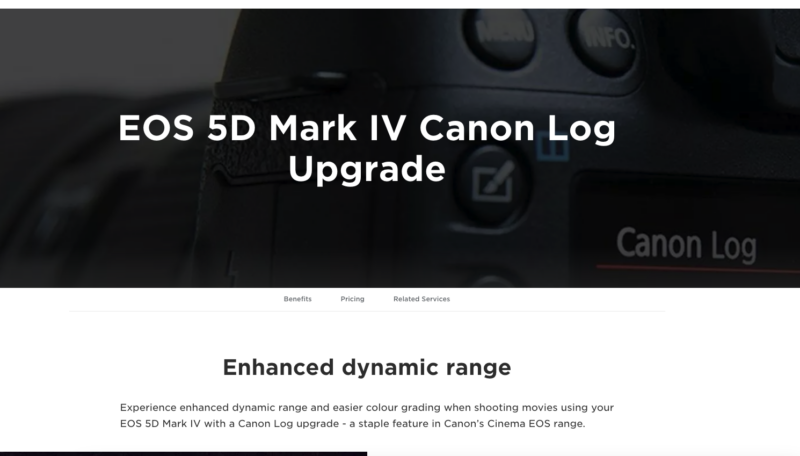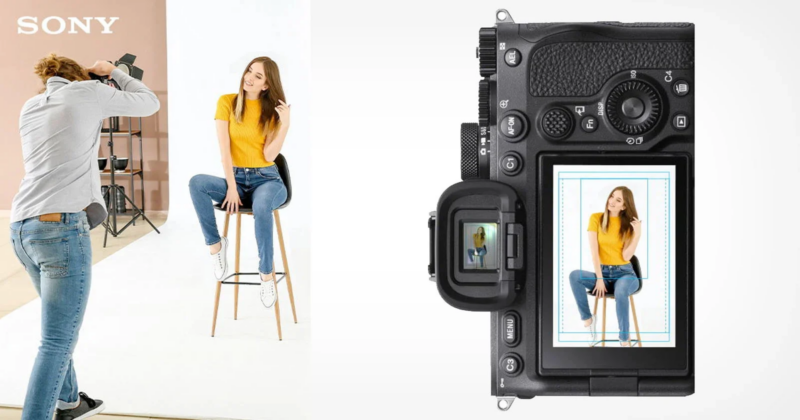I’m Done With Camera Brands Charging for Extra Features
Buying a camera is like entering into an agreement with the brand. You’re handing over your hard-earned cash, and they are giving you the best product they can, or at least that’s how it used to be.
Nowadays, more and more brands are charging you, the customer, for additional features and functions to be added down the line via paid firmware updates. This practice is not new nor limited to modern mirrorless cameras, but it has gotten worse. Think back to the Canon 5D Mark IV — a brilliant camera but not overly proportioned when it came to video specifications. So, when 5D Mark IV users heard that you’d soon be able to use Canon’s C-Log video profile on the camera, there were cheers all around — until we all realized that for this privilege, you’d have to stump up extra cash — and take the 5D Mark IV into a Canon service center to be ‘upgraded.’

More recently Sony announced the availability of a ‘Custom Grid Line license’ for cameras like the a1, a7S III and a7 IV back in April of this year — the license lets customers import up to four customized original grid lines. These lines can be displayed on the electronic viewfinder (EVF) and rear LCD monitor and are very useful for long shooting sessions where you may want to keep image compositions consistent — for example, when capturing school portraits where you could have hundreds of models a day. All are very useful, but this feature comes with a $150 fee.
With Canon also recently announcing a similar custom gridline feature that is priced at $120, am I the only one who is thinking: “What the hell?”

This feels like the start, or continuation, of a slippery slope and one descent no photographer wants to head down. Where exactly is this going? Are we going to be in a situation where, in the future, you’ll have to pay per AF point, scramble around for extra cash if you want to film in 4K rather than Full HD, or even pay by the click of the shutter?
Look, I get it. The camera industry has had a hard time in recent years. The smartphone’s rise killed the number of units brands could shift each year, and now they could be looking for new and innovative ways to maximize revenue. They’ve probably also seen the pivot Adobe undertook when it switched from selling Photoshop and Lightroom as standalone purchases and moved to a monthly subscription model thanks to the Creative Cloud. It worked for Adobe, but that is software; cameras are hardware, and I, for one, will not put up with it.
It used to be that you’d buy into one camera system and stay there for decades, building up a gear bag with bodies, lenses, flashguns, and other accessories, showing devoted loyalty to that brand. These days, with a few clicks of the mouse and by typing a few words on the keyboard, I can sell all my equipment in one go to a used retailer platform and buy from a different brand the very next day. If a camera brand wants my loyalty, it has to give me something in return; not only an excellent product, but also support in the shape of free firmware upgrades. Brands should be working hard to ensure I have the best possible version of the camera and not charge me extra for the privilege.

Canon and Sony are not the only ones to be guilty of this practice — remember when Pentax offered the ‘Astrophotography Assistant’ firmware for the K-1 series, or Panasonic and they’re paid V-Log key for the GH4/GH5 cameras? Come on, guys, this has to stop. It’s not good for photography, damaging trust and the bond between the brand and the consumer.
If it does carry on this way, and brands roll out charges for more options, I can see a situation where backlash begins. Photographers will revert to older tech to get the job done, regardless of whether they are professionals making a living from their imagery or hobbyists simply wanting to indulge in their passion. If it means not having to pay out when you’ve already handed over a significant amount for a camera, using older gear is an easy pill to swallow. So listen up, camera brands, you’re on notice, please don’t let us down.
Image credits: Header photo licensed via Depositphotos.